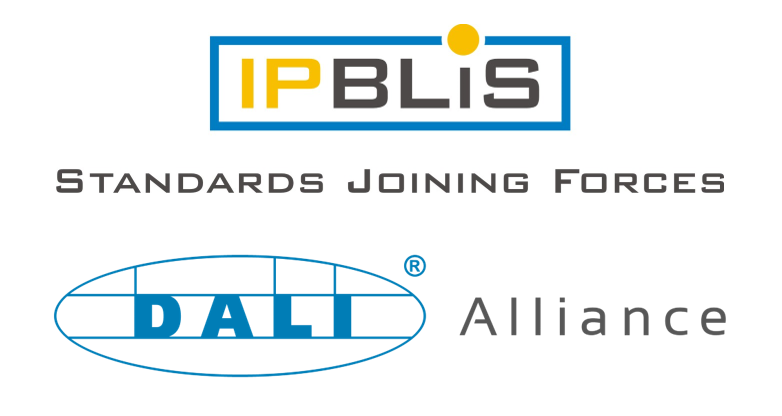




December 10, 2020
 The DALI Alliance has joined IP-BLiS, the "IP Building & Lighting Standards" market interest group launched in June 2020 by BACnet International, KNX Association, OCF, Thread Group and the Zigbee Alliance.
The DALI Alliance has joined IP-BLiS, the "IP Building & Lighting Standards" market interest group launched in June 2020 by BACnet International, KNX Association, OCF, Thread Group and the Zigbee Alliance.
Together, these standards organizations support the widespread adoption of a secure, multi-standard, IP-based infrastructure as the backbone in commercial buildings for lighting and building-automation solutions.
| >> Download the press release |
The use of IP as the common networking protocol allows IT systems and building services, including lighting control, to operate on a secure, all IP-based configuration. As a result, building operators can expect end-to-end addressing and security; easy connectivity between previously-isolated applications; limitless scalability; better, faster and lower cost integration; and great flexibility and choice of both physical transports and applications.
So where does DALI fit?
As the leading digital lighting-control protocol, DALI is evolving to offer IP-based solutions that will complement the well-established and widely-deployed version of DALI that connects devices with a simple pair of wires.
DALI over IP solutions will use IP-based carriers to transport the DALI commands, while offering the same sophisticated DALI lighting-control features as wired options, as well as access to a rich set of data from both luminaires and sensors.
>> More on DALI over IP
The first standardized implementation of DALI over IP will use Thread’s low-power, wireless-mesh networking protocol as the underlying carrier. Several other variants of DALI over IP, including both wireless and wired options, are envisaged by the DALI Alliance.
IP-BLiS will not create new standards
While IP-BLiS speaks with a unified voice to promote IP-based networking with common transport and security requirements, the organization will not create its own standards. Each participant is responsible for specifying its own technology. This allows companies to decide which solution or solutions work best for their business and use cases.
Similarly, IP-BLiS seeks to align security requirements for the industry, rather than reinventing them. Security issues are discussed in an IP-BLiS blog entitled “Common Myths About IP Networking for IoT.”
► Sign up to join our mailing list and receive our newsletter
► Follow us on LinkedIn